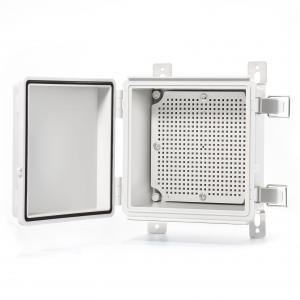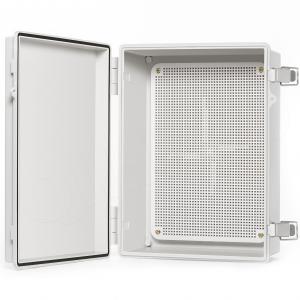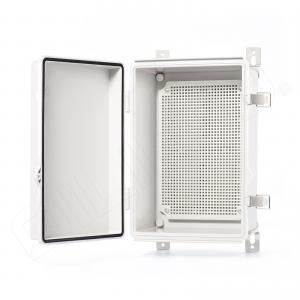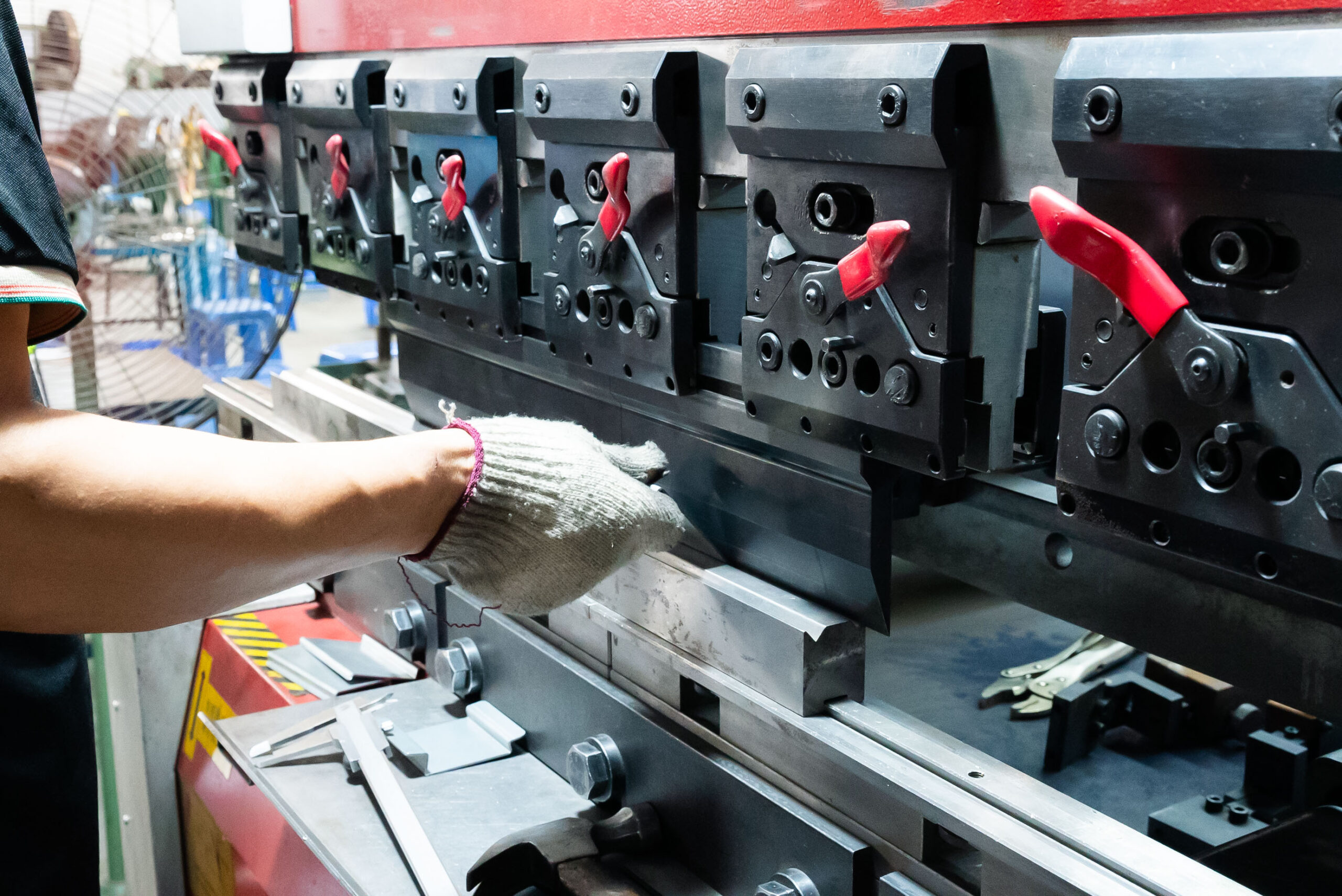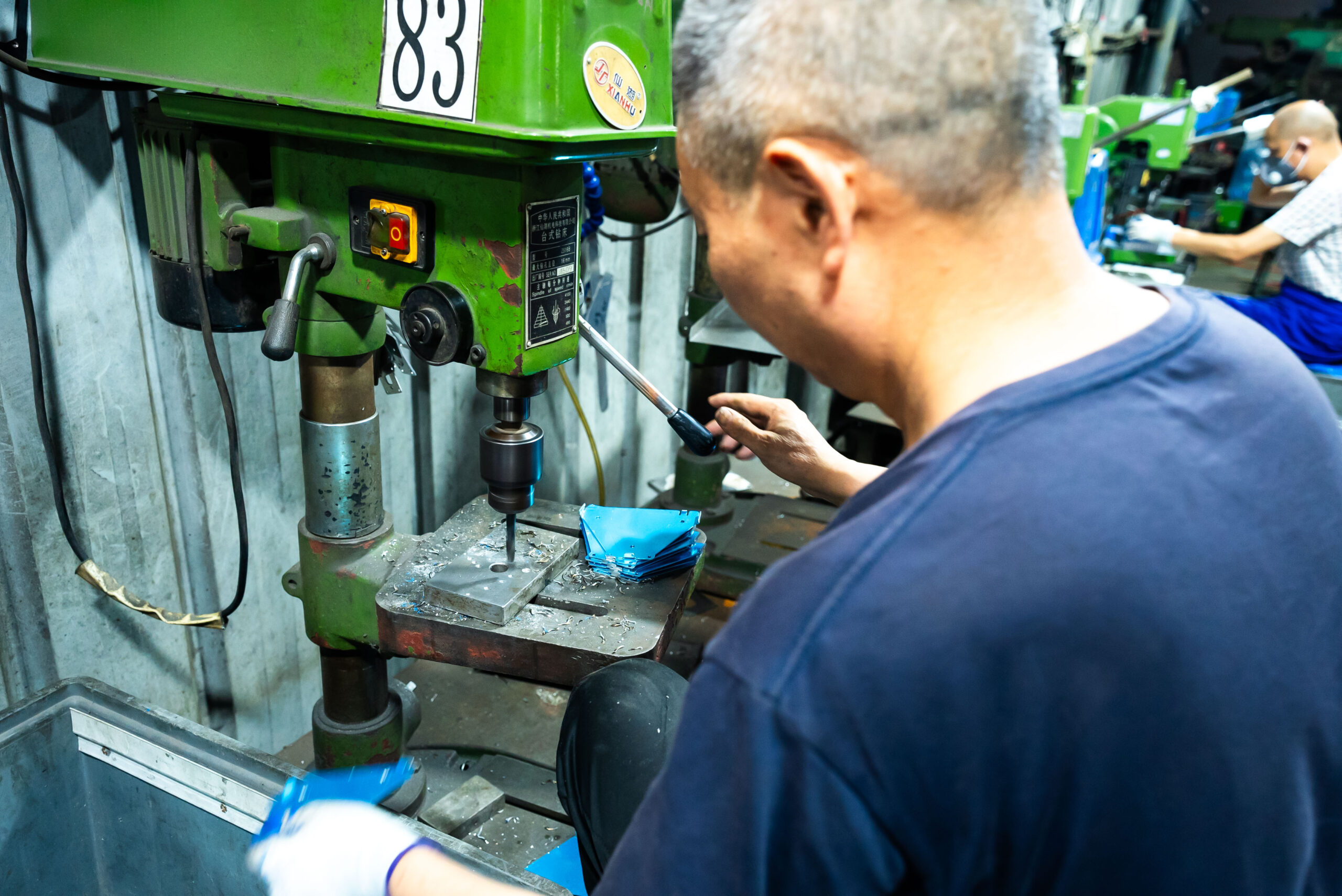In the world of industrial automation, reliable signal management is critical. Whether you're troubleshooting an electrical system, developing a new automation workflow, or integrating PLCs with field devices, having a robust electrical breakout box can significantly improve efficiency, safety, and precision.
What Is an Electrical Breakout Box?
An electrical breakout box is a passive interface device that allows easy access to individual wires or signal lines within a multi-pin cable or connector. Think of it as a test or distribution hub that "breaks out" bundled electrical signals into individual channels for:
-
Signal monitoring
-
Troubleshooting
-
Temporary rerouting
-
Safe interfacing with test equipment
These boxes are commonly used in:
-
Automation systems
-
Robotics
-
Factory control cabinets
-
Electrical testing labs
Role of a Breakout Box in Industrial Automation Systems
In modern automation systems, various components such as PLCs, HMIs, sensors, and actuators are interconnected. When these systems grow in complexity, access to individual control or feedback signals becomes difficult—especially when dealing with custom cables or enclosed environments.
This is where an industrial breakout box becomes indispensable. It enables:
-
Non-invasive diagnostics: Engineers can connect oscilloscopes or multimeters without rewiring the system.
-
Rapid troubleshooting: Quickly identify signal failures or short circuits without halting operations.
-
Flexible prototyping: During R&D, breakout boxes support fast reconfiguration and signal tracing.
Example Use Case:
A control engineer working on a packaging line in a food processing plant uses a 37-pin breakout box to monitor signal continuity between a PLC output module and conveyor system sensors—without disassembling the cabinet or disrupting operations.
Key Features to Look for in an Industrial Breakout Box
When selecting a breakout box for automation or industrial use, consider the following:
| Feature | Why It Matters |
| High Voltage Tolerance | Suitable for industrial 24VDC or 230VAC systems |
| Shielded Enclosure | Reduces EMI interference in factory environments |
| Clear Signal Labeling | Helps prevent wiring errors and saves time |
| DIN Rail Mount Option | Simplifies cabinet installation |
| Connector Compatibility | Matches with D-sub, terminal blocks, or circular connectors |
Typical Applications of Electrical Breakout Boxes
-
System Commissioning & FAT (Factory Acceptance Testing)
-
Automated Equipment Debugging
-
Signal Distribution in Panel Wiring
-
Field Service & On-Site Repair
-
Prototyping PLC Programs with I/O Simulators
Why Choose Hofengfab for Your Industrial Breakout Box Needs?
At Hofengfab, we specialize in designing and manufacturing rugged, custom breakout boxes tailored to automation and industrial environments.
✅ Over 15 years of electrical enclosure experience
✅ ISO 9001-certified manufacturing
✅ Flexible MOQ and fast global shipping
✅ Custom labeling and connector types available
📩 Ready to Simplify Your Signal Testing?
If you’re working with complex automation or electrical control systems, a reliable breakout box could be the tool that saves you hours of work—and prevents costly downtime.
📧 Contact us at vivian@hofengfab.com or explore our full range at www.hofengfab.com

